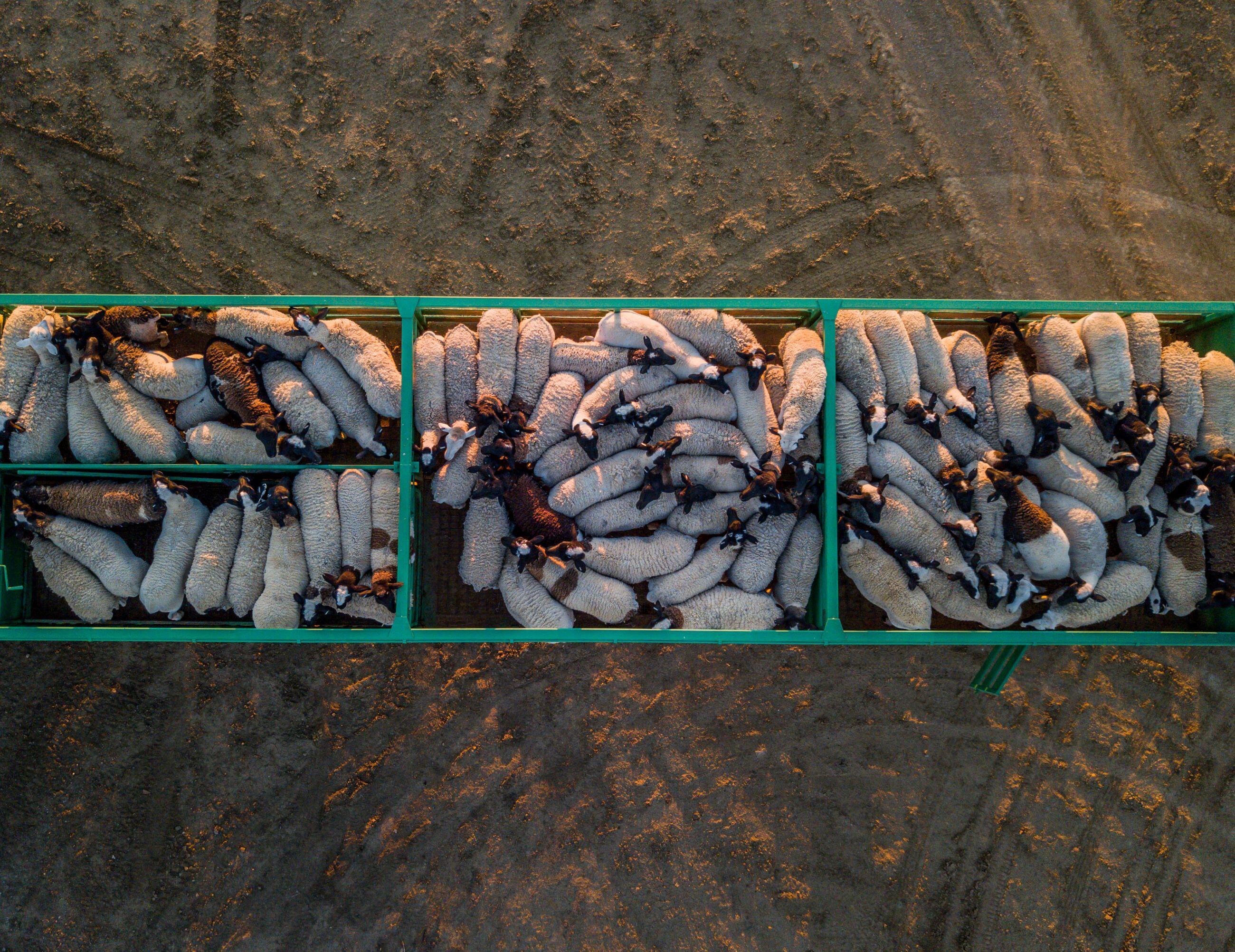The Australian Beef Market in 2025: An Absolute Cracker
In this column in July, the StoneX H2 2025 Australian Cattle & Beef Market Outlook’s bold calls were analysed and assessed for what the final 6...

All eyes have been on Washington in recent weeks as we waited to see who would become the next American president-elect. As soon as it was clear that Donald Trump would be serving a second term, Australia’s red meat industry has had to start considering what his proposed increased trade tariffs will mean come the new year.
While campaigning, Trump was proposing a 10-20% tariff on all imports, and a 60% tariff on imports from China. For sheepmeat this is particularly pertinent, given China is likely to be impacted the most if Trump’s trade policies come to fruition, and these two countries make up a large portion of our export trade.

Looking at the US first, they currently take just shy of 24% of Australia’s exported lamb - making it the largest single country market at the moment - and 8% of the mutton. In 2023-24, Australia’s sheepmeat exports to the US were worth $1.2billion, and the Australian-United State Free Trade Agreement (AUSFTA) means there are no tariffs on sheepmeat being sent to America. And while we send much more beef to the US than lamb, the lamb market is likely to be impacted more by a possible new tariff than beef.
Lamb is less of a staple commodity in the US and trades at a higher price point than much of the lean beef we sell there, meaning a tariff would have more impact on demand, as would any inflationary pressure on the US economy.
Potential new tariffs on US imports of Chinese goods - which could lead China to also introduce new trade barriers on US products - are a double-edged sword for Australian sheepmeat. China is currently Australia’s largest mutton market, taking 33% of market share so far in 2024, and the October volume headed that way being 43% higher year-on-year. It is also the second-largest Australian lamb market, despite being on the decline this year.

On one hand, the last time there was a US-China trade dispute beginning in 2018, Australia exports to China increased significantly, including lamb which rose 26% from 2018 to 2019. Australian mutton exports to China also lifted in that period, by 32%. That was also under the influence of African Swine Fever fuelled protein demand however.
On the flip side, China’s economy has already been struggling to kick into gear in recent years, and the trade biff with the US is likely to only make matters worse, which means Australian product demand could be impacted by a downturn in income growth.
Another key player in the sheepmeat trade is the Middle East, which has taken nearly 30% of Australia’s lamb this year, and increased its intake volume by 38% year-on-year. Volatility is already rife in the region, and a Trump presidency may add fuel to the fire.

On a positive note, and completely counter to Trump’s protectionist policies, the Australia-UAE Comprehensive Economic Partnership Agreement (CEPA) treaty was signed earlier this month, which when enforced will remove tariffs on nearly all of Australian exports to UAE. This includes sheepmeat, which is Australia’s second biggest agricultural export to the UAE, as well as beef. The UAE is Australia’s fourth largest market for sheepmeat, taking 7% of our lamb so far this year, as well as 3% of mutton and about 12% of live sheep.
 Jamie-Lee Oldfield is a seasoned agri-media, communications professional and livestock market analyst who lives and works on a family-owned stud and commercial beef and sheep operation in Coolac, NSW.
Jamie-Lee Oldfield is a seasoned agri-media, communications professional and livestock market analyst who lives and works on a family-owned stud and commercial beef and sheep operation in Coolac, NSW.
.jpg)
In this column in July, the StoneX H2 2025 Australian Cattle & Beef Market Outlook’s bold calls were analysed and assessed for what the final 6...
.png)
Each December we save the last article of the year for a bit of a crystal ball gaze, as we try to bring together market fundamentals and work out...
.png)
Australia’s wool market posted another strong performance this week, with all micron categories attracting solid support across the three selling...